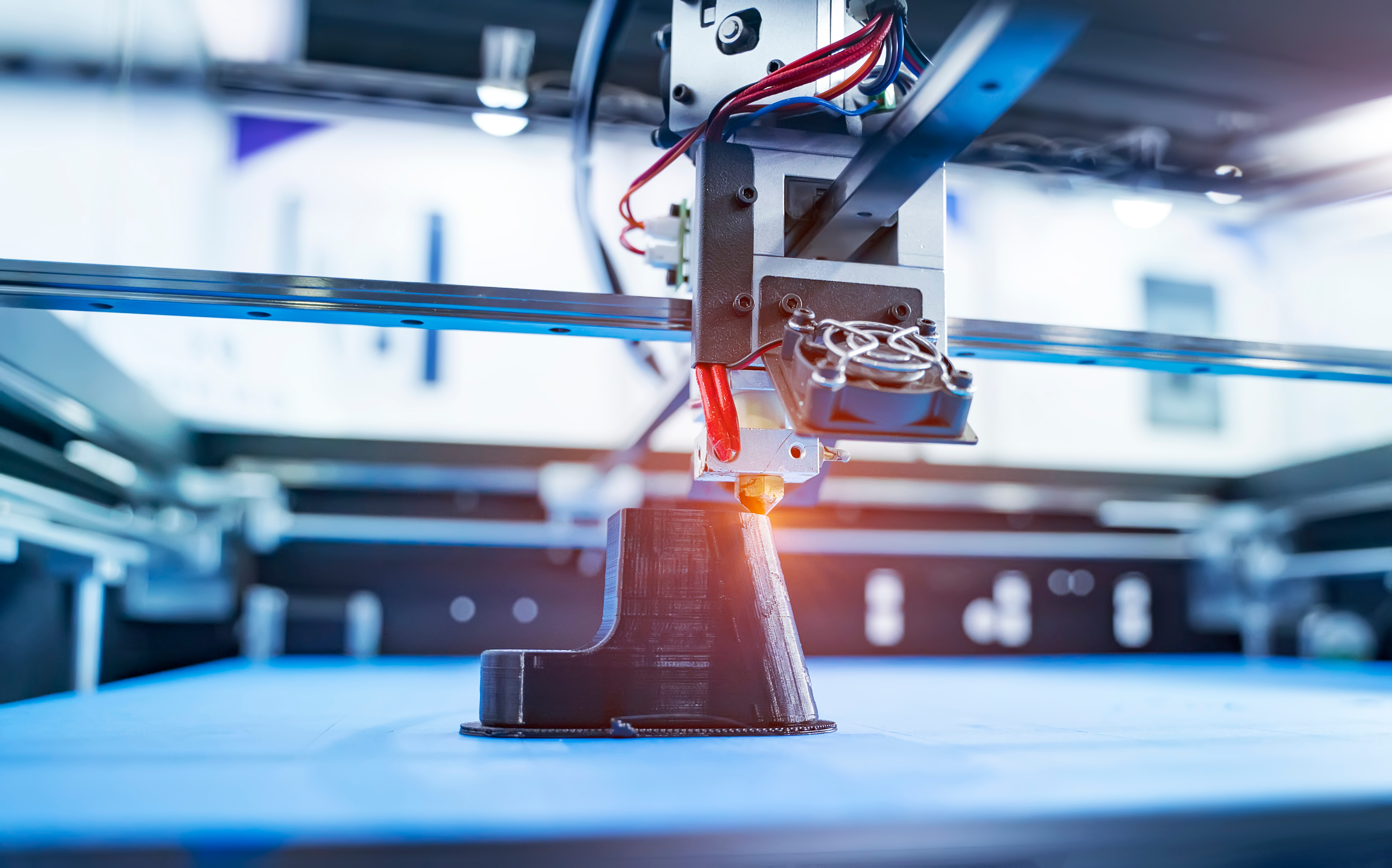Imagine the unsettling scenario: you’re boarding a plane, excited for your trip, unaware that a crucial component within the aircraft might be a dangerous imposter. This is the chilling reality of Suspected Unapproved Parts (SUPs) in aviation, a growing concern that casts a long shadow over the very foundation of air safety.
Unlike a faulty lightbulb in your home, SUPs in aircraft carry the weight of far graver consequences. These parts, often carefully produced counterfeits or components that have exceeded their safe lifespan, lack the rigorous testing and quality assurance that legitimate parts undergo. This creates a silent threat lurking in the skies, with the potential to cause engine malfunctions, structural failures, and catastrophic consequences.
An unapproved part refers to any component that fails to meet the regulatory standards set by the regulatory authorities. For instance, FAA’s handout on Suspected Unapproved Parts states that an unapproved part is “A part, component, or material that has not been manufactured in accordance with the approval procedures in FAR 21.305 or repaired in accordance with FAR Part 43; that may not conform to an approved type design; or may not conform to established industry or U.S. specifications (standard parts). Such unapproved parts may not be installed on a type certificated product unless a determination of airworthiness can otherwise be made.”
Examples of such parts include counterfeit components, which are intentionally misrepresented as meeting approved manufacturing criteria. Counterfeit items may also encompass parts that have surpassed their designated operational limits, such as flight hours, but have been altered and falsely presented to deceive purchasers.
The High Stakes of Non-Compliance
Additionally, unapproved parts can stem from rejected components that are discarded during the manufacturing process. Surplus situations may also yield unapproved parts, where suppliers directly distribute items to end-users without the necessary authorization from the manufacturer or a separate Parts Manufacturer Approval (PMA).
Improper maintenance practices contribute to the proliferation of unapproved parts as well. This category encompasses parts that have undergone maintenance or repair activities by individuals or facilities lacking authorization.
The challenge of identifying SUPs lies in their insidious nature. Unlike crude imitations, these parts are often designed to mimic their legitimate counterparts with meticulous detail, making them difficult to detect even for trained professionals. This creates a dangerous blind spot, allowing SUPs to potentially slip through the cracks of inspection systems, leaving passengers and crew unknowingly vulnerable.
The use of SUPs is not merely a matter of cutting corners or saving costs as, in some sense, it’s a gamble with human lives. Every flight hinges on the meticulous craftsmanship and quality assurance of each component, ensuring that every takeoff is not just a leap of faith, but a calculated endeavor backed by stringent standards. Yet, the influx of counterfeit or substandard parts undermines this delicate balance, casting doubt on the very foundation of air travel safety.
Real-world examples serve as stark reminders of the potential dangers. The tragedy of Partnair Flight 394 in 1989 was attributed to the use of counterfeit aircraft parts. Specifically, counterfeit bolts were utilized to secure the vertical stabilizer of a Convair CV-580 to the fuselage. Over time, these substandard bolts experienced excessive wear, causing the tail to vibrate uncontrollably until it ultimately detached from the aircraft.
In response to this incident, in 1990, U.S. President George H. W. Bush appointed Mary Schiavo as the Inspector General of the U.S. Department of Transportation. Tasked with overseeing aviation safety, Schiavo initiated extensive efforts to combat the sale and usage of unapproved parts. Under her leadership, rigorous investigations were launched, resulting in significant outcomes by 1996.
These investigations led to numerous criminal convictions, as well as the imposition of fines amounting to approximately US$47 million. Additionally, restitution was secured for affected parties, and several individuals received prison sentences of up to five years. Schiavo’s proactive measures and relentless pursuit of justice underscored the gravity of the issue and paved the way for heightened scrutiny and enforcement within the aviation industry.
Dark Tales from the Hangar
An FAA investigation spanning from May 1973 to April 1996 found that unapproved parts were implicated in 174 aircraft accidents and minor incidents, resulting in 39 injuries and 17 fatalities. Notably, none of these incidents involved major commercial airlines.
However, critics contended that the FAA’s assessment may have downplayed the significance of unapproved parts in certain accidents, suggesting the agency shied away from regulating the aircraft parts industry. James Frisbee, former head of quality control at Northwest Airlines until his retirement in 1992, further argued that the influence of unapproved parts on accidents could have been more prevalent than indicated by official U.S. federal accident and incident records.
A more recent dark tale unfolded in the world of aviation in 2023, casting a long shadow over the industry’s safety net. AOG Technics, a seemingly innocuous company nestled in London, became the center of a chilling story involving SUPs.
For years, the company allegedly operated under a veil of normalcy, supplying parts for the vital CFM56 engines that power countless commercial aircraft. But beneath the surface lurked a sinister truth. AOG Technics, it turned out, was suspected of peddling a dangerous lie. The parts they supplied, crucial for the safe operation of these engines, were allegedly not what they seemed.
Investigations revealed a web of deceit. The parts, instead of being rigorously tested and approved components, were suspected to be unapproved and potentially counterfeit. Worse yet, these imposters were accompanied by falsified documents, further obfuscating their true nature.
How to Spot a SUP
FAA, EASA and other regulatory bodies provide guidance for parts purchasers to aid in the identification of unapproved parts. These tips serve as crucial tools in safeguarding against the risks associated with the procurement of non-compliant components. One key suggestion is to meticulously inspect product containers upon receipt, scrutinizing for any signs of damage, the presence of another supplier’s name, or the absence of markings altogether. Such anomalies may raise red flags regarding the authenticity and legitimacy of the parts contained within.
Cross-referencing purchase orders with delivery receipts is another recommended practice to verify the accuracy of part numbers and ensure the integrity of component history records. This step helps to mitigate the possibility of receiving incorrect or misrepresented parts, thus minimizing the potential for operational disruptions or safety hazards.
Furthermore, establishing protocols to monitor the shelf or service life of parts is essential for maintaining airworthiness and operational reliability. This proactive approach helps to prevent the inadvertent use of expired components, which may compromise aircraft performance and safety.
Part identification requirements should also be meticulously examined to detect any signs of tampering or alteration. This includes checking for discrepancies such as serial numbers being stamped over, improper or missing labels, or viboretch/serial numbers located in atypical positions. Any deviations from standard identification practices warrant further investigation to ensure the authenticity and traceability of the parts.
Visual inspection of parts is another critical step in the verification process, enabling the identification of potential defects or abnormalities that may indicate non-compliance. Visual cues such as altered surfaces, the absence of required plating, evidence of prior usage, or signs of attempted repair or refurbishment should be thoroughly documented and evaluated.
Conducting supplier audits is an integral aspect of quality assurance, ensuring that suppliers adhere to the quality requirements specified in purchase orders. By verifying compliance with established standards and procedures, purchasers can mitigate the risks associated with sourcing unapproved parts and maintain the integrity of their supply chain.
Towards Clearer Skies
Combating the SUP menace requires a collective effort from various stakeholders. Aviation authorities are taking the lead by implementing stricter regulations and tightening their grip on supply chain controls to prevent the entry of SUPs in the first place. Technological advancements are also being explored to create a secure, trackable record of parts throughout their lifecycle, enhancing transparency and accountability.
The fight against SUPs in aviation is ongoing, and while these recent developments offer a lot of hope, it’s crucial to remain vigilant. By ensuring ethical sourcing practices, implementing robust inspection procedures, and reporting suspected issues promptly, we can all play a part in safeguarding the skies and ensuring a smoother, safer journey for everyone.
As the sun sets on another day in the realm of aviation, let us heed the lessons of the past and rise to meet the challenges of tomorrow. For in the endless expanse of the sky, there is no room for compromise when it comes to safety. Only by confronting the specter of SUPs head-on can we ensure that the promise of flight remains unblemished.

